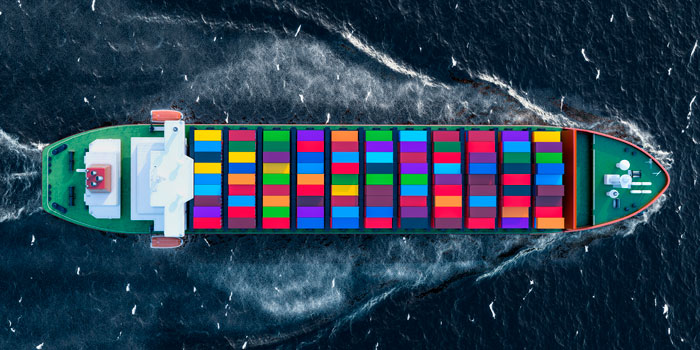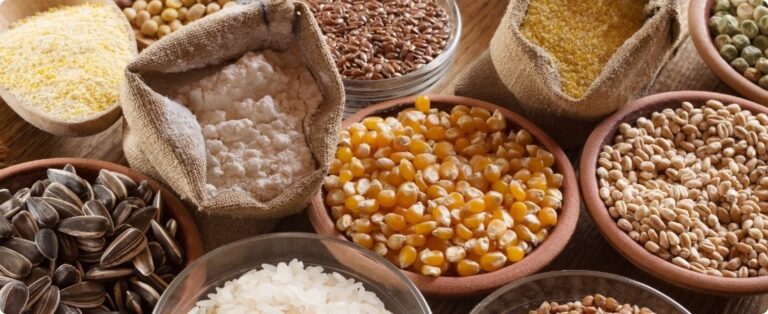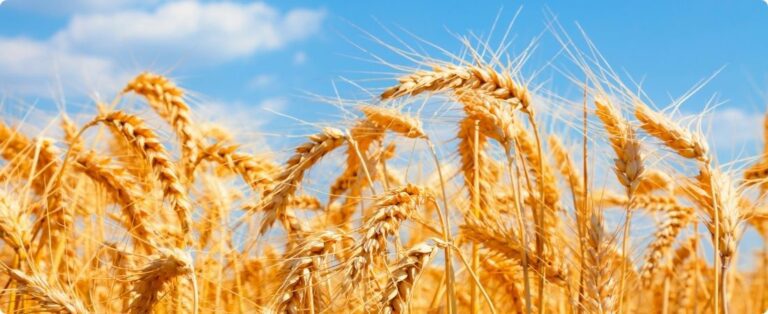
Image: Adobe Stock
Ukraine has become totally dependent on alternative European Union routes for its grain exports after Russia last month pulled out of a year-old deal that allowed them to be safely shipped through its Black Sea ports. This has exacerbated Brussels' efforts to strike a balance between helping Ukraine with the demand from five eastern EU member states to protect their own markets while extending the ban on domestic sales of Ukrainian grain until at least the end of 2023.
A current agreement to protect farmers in the five states close to Ukraine – Bulgaria, Hungary, Poland, Romania and Slovakia – is set to expire on September 15.
{module Form RD}
Russian attacks on Ukraine's inland port infrastructure on the Danube River – its last waterborne export route – in the weeks since the collapse of the Black Sea deal have increased pressure on the EU to allow proximity grain sales again.
Here are the details of how the temporary ban in the five CEE states affected sales of Ukrainian grain and its transit to other destinations.
WHY HAS THE ENTRY OF UKRAINIAN GRAIN INCREASED INTO THE EEC?
Ukrainian grain is exempt from EU customs duties, making it cheaper than local production. Ukraine's proximity and high logistics costs have led to an unprecedented surge in grain exports to the five states in 2022 and early 2023, creating sales disruptions, squeezing regional crops from domestic and export markets, depressing prices and provoking farmer protests.
Poland's grain imports increased almost threefold in 2022 to 3.27 million tonnes, of which 75% were Ukrainian grains, mainly corn and wheat. High imports continued until March 2023.
Romania, one of the EU's biggest grain exporters in its own right, saw 3.2 million tonnes of Ukrainian grains and oilseeds remain within its borders until May, the Agriculture Ministry said. Its imports before the start of the war were insignificant.
Cezar Gheorghe of Romanian grain market consultancy AGRIColumn, who estimated Ukrainian grain sales at around 4.7 million tonnes, said imports continued even after the ban was enforced under the guise of existing contracts.
Hungary imported up to 50,000 tons of grains and oilseeds annually from Ukraine before the war. The flow increased to 2.5 million tons of grains and oilseeds in 2022. In 2023, it was up to 300,000 tons until the import ban was implemented.
In Slovakia, Ukrainian grain imports rose to 339,000 tonnes in the second half of 2022, an almost 10-fold increase compared to the first half of the year, official data showed.
WHAT HAPPENED AFTER THE IMPORT BAN?
In April, Poland and Hungary unilaterally closed their borders to imports of Ukrainian grain and other foods. Romania, Ukraine's largest alternative transit route, stopped short of a ban but began sealing transport.
In May, the EU allowed five states – Poland, Romania, Hungary and Slovakia bordering Ukraine, while Bulgaria is south of the Danube – to ban domestic sales of Ukrainian wheat, corn and oilseeds until June 5 – thereafter extended until September 15 – while still allowing transit through them for onward export.
After the ban, traffic increased. Wheat transit from Ukraine via Poland jumped to more than 90,000 tonnes in June, from 43,000 to 51,000 per month in the first quarter of this year. Corn transit increased to 170,000 tonnes in June from around 50,000-70,000 tonnes per month in the first quarter of this year, the Polish agriculture ministry said.
Romania has shipped around a third of Ukraine's grain exports since the start of the war through its Black Sea port of Constanta – 8.6 million tonnes in 2022 and 7.5 million tonnes in the first half of this year .
Volumes increased in May and June, mainly via barges on the Danube from Ukraine's river ports.
HOW WILL BRUSSELS DEAL WITH THE EXTENSION REQUEST?
On July 19, the five countries requested an extension of the ban until at least the end of the year. Brussels will review the ban in early September, taking into account harvest results, storage capacity and the situation of third countries in terms of access to grain.
Poland, with elections scheduled for October or November, has already said it will not open its border on September 15, increasing pressure on Brussels to extend protective measures.
Meanwhile, Lithuania has asked the European Commission to develop a route for Ukrainian grain through Baltic ports. The five ports in Lithuania, Latvia and Estonia have a combined grain export capacity of 25 million tons.
But the fundamental issue will be the economic viability of alternative land routes, known as “Solidarity Lanes”.
Ukraine estimates the extra cost of the EU transit route at US$ 30-40 per tonne. Land transit via Poland added 37 euros more per ton than through the Romanian port of Constanta, said Viorel Panait, manager of port operator Comvex.
Source: Seane Lennon | agrolink
{module Read Also}















